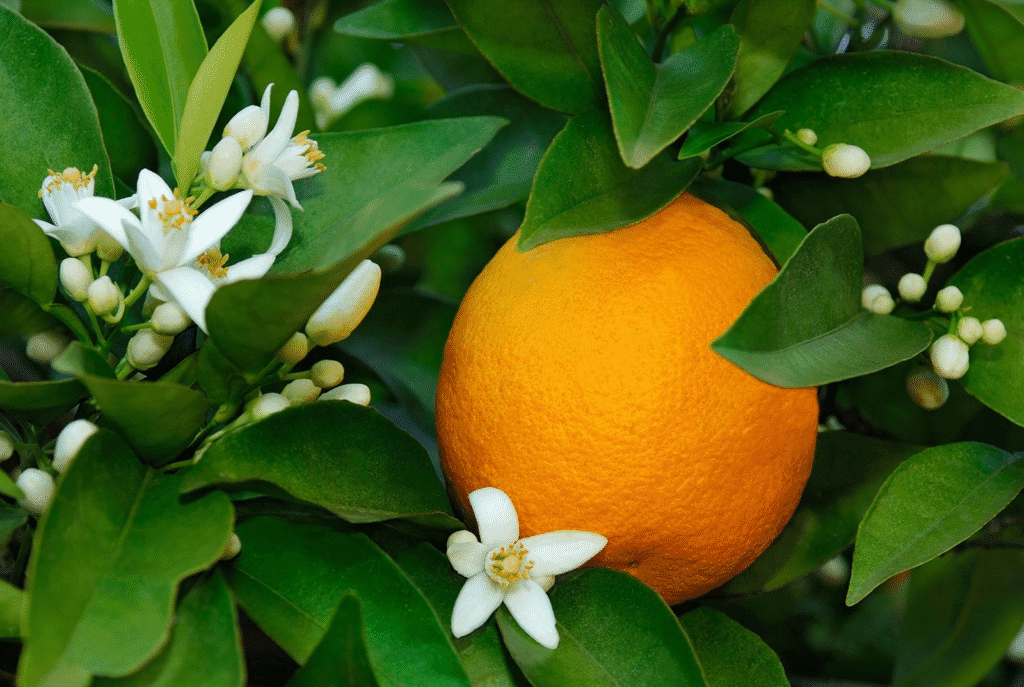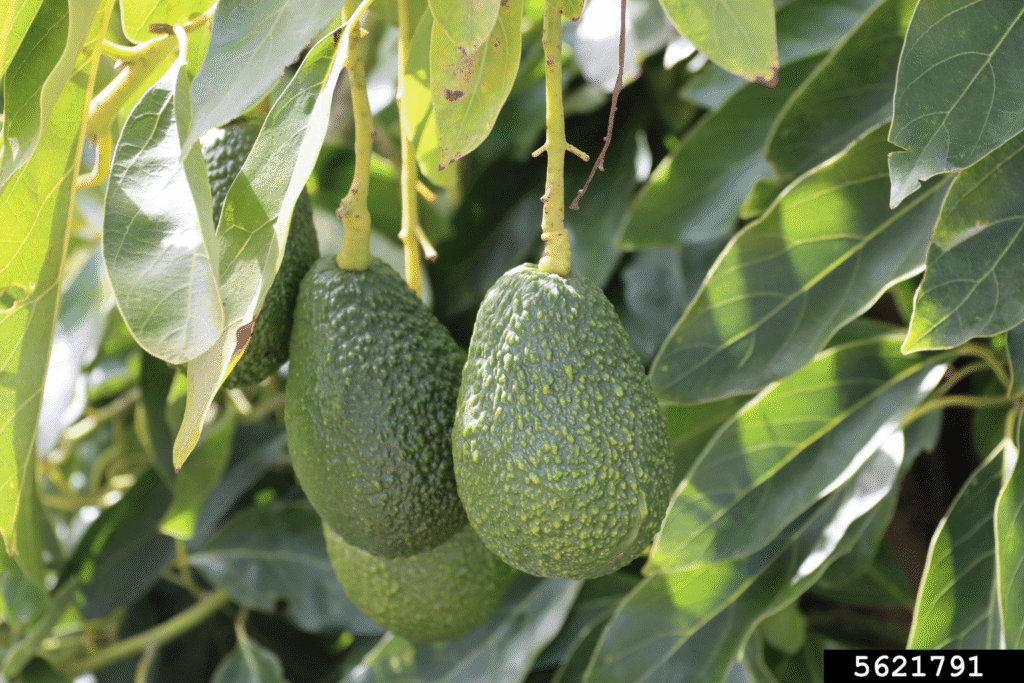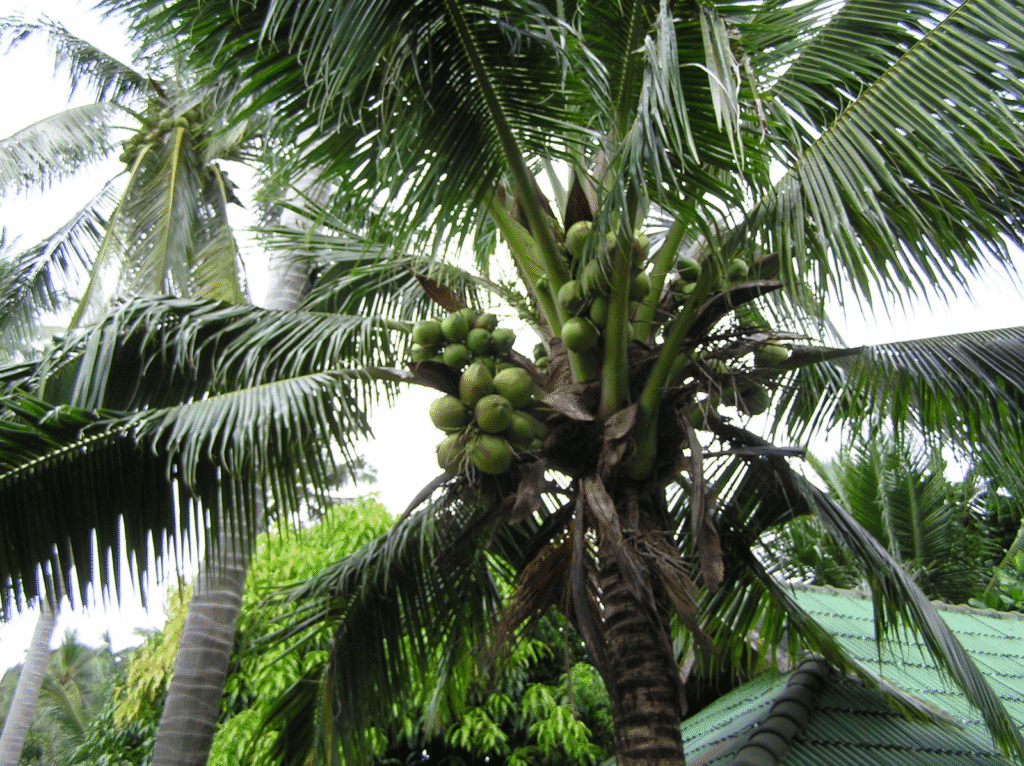Stingless bees (Meliponini) are essential native pollinators in tropical and subtropical regions. Unlike honeybees, these tiny but mighty insects thrive in forests, farms, and home gardens—especially where fruit trees bloom abundantly. By planting certain fruit trees, you not only gain sustainable food production but also create powerful foraging zones that strengthen local bee populations.
In this guide, we’ll explore the top fruit tree species that attract stingless bees, explain why they work, and how to strategically integrate them into your meliponiculture or permaculture system.
Why Stingless Bees Are Attracted to Fruit Trees
Stingless bees are generalist foragers, which means they visit a wide variety of flowers. They are especially attracted to fruit trees due to:
- Nectar-Rich Blossoms: These serve as a primary energy source.
- Pollen Availability: Critical for feeding larvae.
- Continuous Flowering Cycles: Certain fruit trees bloom more than once per year.
- Floral Odor and Color: Bright flowers with strong scents signal high food reward.
- Dense Tree Canopies: Offer potential nest sites or shading for existing hives.
Fact: Unlike honeybees that may forage over 5 km, stingless bees typically forage within 300–500 meters of their hive, so planting fruit trees nearby ensures regular visitation.
Top Fruit Trees That Attract Stingless Bees
Each of the following trees has been shown through research and farmer observations to attract and support stingless bee activity, especially in tropical regions like Latin America, Africa, Southeast Asia, and northern Australia.
1. Mango (Mangifera indica)
- Blooming Period: Dry to early rainy season
- Floral Profile: Small, pale yellow flowers rich in nectar and pollen
- Benefits:
- Increases cross-pollination efficiency
- Improves fruit uniformity and size
- Supports early dry-season bee foraging
Pro Tip: Interplant with native flowering herbs to support bees after mango blooming ends.
2. Guava (Psidium guajava)

- Blooming Period: Intermittent; up to 3–4 flushes/year in tropical areas
- Floral Profile: White, wide-open flowers easily accessible by small bees
- Benefits:
- Provides a stable food source across seasons
- High pollen quality supports colony brood development

Includes: Orange, Lemon, Lime, Tangerine
- Blooming Period: Depends on variety; usually post-rainfall flushes
- Floral Profile: Fragrant, white blossoms; high in nectar
- Benefits:
- Critical nectar source in transitional seasons
- Enhances pollination in multi-cultivar orchards
Research Insight: Studies in Brazil show that stingless bees can outperform honeybees in citrus orchards due to their ability to forage earlier in the morning and under low light.
4. Avocado (Persea americana)

- Blooming Period: Once per year; dry season into early rains
- Floral Profile: Complex flowering with A/B phase systems
- Benefits:
- Requires multiple bee visits for successful fruit set
- Stingless bees’ repeated visits improve cross-phase pollination
Note: For avocado growers, combining Tetragonula species with honeybees can increase overall yield due to complementary foraging patterns.
5. Papaya (Carica papaya)

- Blooming Period: Nearly continuous in tropical climates
- Floral Profile: Bell-shaped male and female flowers
- Benefits:
- Ensures fertilization in dioecious (separate male and female) plants
- Stingless bees readily visit papaya flowers for their accessible pollen
6. Passion Fruit (Passiflora edulis)

- Blooming Period: Rainy season; some species bloom year-round
- Floral Profile: Intricate and colorful; requires strong pollination
- Benefits:
- Improves fruit shape and size with consistent bee activity
- Bees can navigate complex floral architecture due to their small size
7. Banana (Musa spp.)

- Blooming Period: Year-round in humid tropics
- Floral Profile: Large bracts exposing male flowers that drip nectar
- Benefits:
- Nectar source despite not requiring bee pollination
- Supports colony maintenance during low floral periods
8. Soursop & Custard Apple (Annona spp.)

- Species: Annona muricata (Soursop), A. squamosa (Custard Apple)
- Floral Profile: Unique, heavy-scented flowers opening in the evening
- Benefits:
- Attract both day and twilight foragers like stingless bees
- Enhanced pollination through repeat visits
9. Jackfruit (Artocarpus heterophyllus)

- Blooming Period: Spring and early wet season
- Floral Profile: Small clustered flowers, with male spikes being nectar-rich
- Benefits:
- Early-season food source for bees
- High pollen output aids colony growth
10. Coconut (Cocos nucifera)

- Blooming Period: Continuous in warm climates
- Floral Profile: Alternating male and female flowers in same inflorescence
- Benefits:
- Constant nectar and pollen supply
- Serves as a “keystone forage” tree for bees during lean times
Supporting Forage Trees (Bonus Species)
- Starfruit (Averrhoa carambola)
- Loquat (Eriobotrya japonica)
- Mulberry (Morus spp.)
- Tamarind (Tamarindus indica)
These may not be primary crops but are excellent nectar and pollen sources when major fruit trees are off-season.
Integrating Fruit Trees into a Stingless Bee Conservation Strategy
| Practice | Benefits |
|---|---|
| Planting mixed-age trees | Ensures staggered flowering |
| Diversifying species | Extends forage seasons |
| Intercropping fruit trees with herbs | Increases biodiversity |
| Installing hives near orchards | Improves pollination services |
| Avoiding pesticide use | Keeps pollinator populations healthy |
Ecological and Economic Advantages
- Ecosystem Services: Enhances soil health, carbon storage, and biodiversity
- Pollination Boost: Fruit yield improvements of 20–80% when bees are present
- Conservation: Protects native stingless bee species from habitat loss
- Farm Profitability: Better fruit quality and weight increases market value
Key Takeaways
- Planting fruit trees like mango, guava, and citrus is mutually beneficial: they feed the bees, and the bees pollinate the trees.
- Stingless bees need consistent floral resources, which a carefully selected group of fruit trees can provide year-round.
- Integrating meliponiculture with orchard farming enhances both ecological health and agricultural productivity.
FAQ: Fruit Trees and Stingless Bees
Q: Can stingless bees pollinate all fruit tree species?
A: No, but they are effective for many tropical and subtropical trees, especially those with open or small flowers.
Q: What’s the best time to plant these trees to attract bees?
A: Begin planting at the onset of the rainy season to ensure fast growth and optimal flowering the next season.
Q: Can I attract stingless bees if I don’t own a hive?
A: Yes! If you provide suitable forage and avoid chemicals, wild colonies may visit your garden or even nest nearby.
Q: Should I use commercial bee attractants?
A: Natural methods—like planting nectar-rich species and using propolis or wax bait—are often more sustainable and effective long-term.